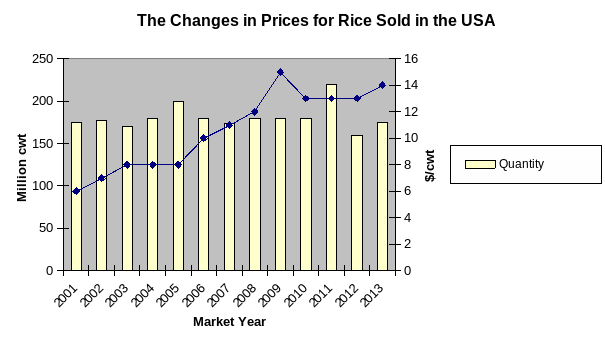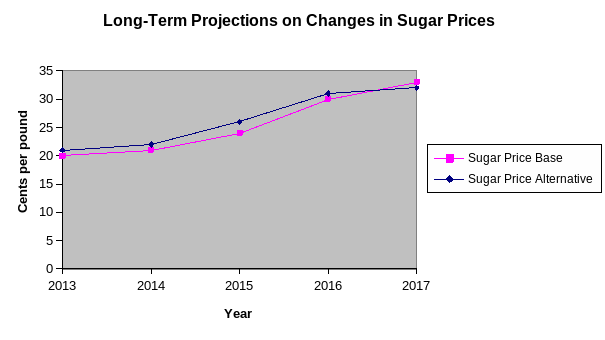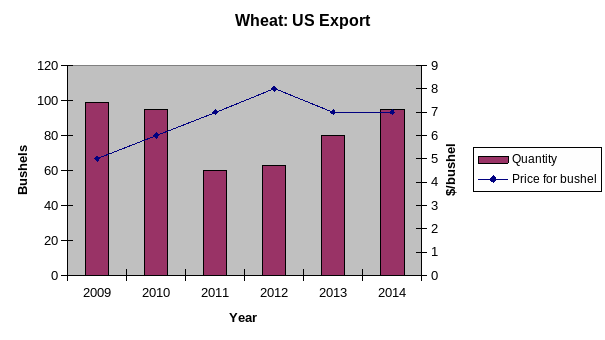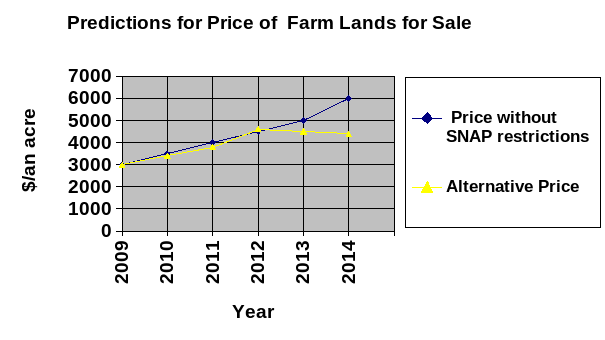The Supplemental Nutrition Assistance Program (SNAP) as a federal aid is developed to meet a lot of economic and social goals and to increase the level of nutrition of the low-income population, to contribute to the effective marketing and distribution of products and food, and to reinforce the country’s agricultural sector. SNAP is effective for overcoming the social and economic issues associated with poverty and population’s health (“Take Action”). The implementation of any restrictions to SNAP can result in definite changes connected with the people’s consumer behaviors and in economic changes associated with the agricultural sector. SNAP affects a large scale of the country’s agricultural economy in relation to farmers and grocery retailers that is why any changes in the program and distribution of products can lead to the significant changes in the agricultural sector and agricultural markets.
Narrowing the list of products available through SNAP, it is possible to achieve rather opposite results for the agricultural sector and the development of the US economy in general. For instance, restricting the list of available products with sugar and flour products, it is possible to predict a growth in production of vegetables and fruits as well as rice in order to respond to the program’s development and a decrease in selling sugar and wheat. Thus, the restricting policy can lead to the increase of price of healthy products, but the support of the production and expansion of the market can have the opposite effect. The restrictions on definite unhealthy products can provide benefits for the producers of the incentivized healthy products. The focus on producing rice as healthy food can lead to the increase of the amount of rice sold, and the increase in the average price can remain also progressive (to $14/cwt in 2013). It is possible to observe the fact while paying attention to the tendency of the recent years (Figure 1). These data provide short-term predictions with references to the observable changes in the basic price.

Farmers receive significant revenues participating in SNAP. If the products which include sugar of different types are excluded from the list, the changes influence farmers specializing in sugar production negatively, and prices can increase. The USA is one of the largest global sugar producers and importers. The discussed changes can also result in changing the tariff-rate quotas. The sugar producing industry is intensively developed, and the quantity of sugar can be unchanged in relation to the SNAP restrictions. However, the increase in price is possible. The United States Department of Agriculture provides the predictions for changes in sugar prices for the next years (“United States Department of Agriculture”). The alternative variant with references to the SNAP restrictions is presented in Figure 2.

In spite of the fact the half of the US wheat is exported, wheat is the significant corn to be discussed in the context of the SNAP policies and possible restrictions. Any restrictions associated with the list of the products available via SNAP can lead to several opposite results. Thus, farmers can focus more on export to gain more revenues or reduce the general production quantity, and the price can increase. If the quantity of the wheat exported increases, it is impossible to observe the significant changes in price for export (“United States Department of Agriculture”). However, the decrease in production for domestic use can lead to significant changes in price as it is possible to observe with references to Figure 3.

The SNAP restrictions can affect not only the export of wheat but also the distribution of farm lands for sale where wheat and other corns are grown. The discussed restrictions can lead to the decline of returns for farmers, and the obvious outcomes of the process are the changes in the farmers’ approaches to using acres of the harvested area. Thus, according to Figure 4, the price can decrease proportionally to the increasing quantity of the farm lands proposed for sale. The problem is in the fact that the US wheat and corn market is challenged by a lot of problems during the recent years, and any additional changes in policies can lead to the unexpected negative effects (“United States Department of Agriculture”).

The restrictions to the list of the products available with reference to SNAP can lead to the negative changes in the economic balance in relation to the agriculture sector. The positive changes regarding the revenues for farmers can be observed only in the production of rice when the production of sugar and the export of wheat can be challenged by the discussed changes in relation to decreased quantities and increased prices.
Works Cited
Take Action – Help protect and strengthen SNAP. 2013. Web.
United States Department of Agriculture. 2013. Web.